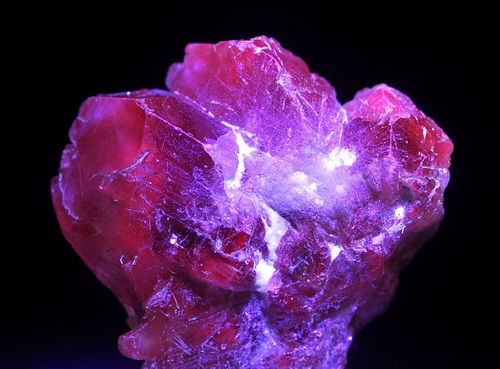
In all the naturally occurring substances, gemstones catch our attention the most. Due to their color, shapes, sizes and textures, gemstones are intrinsically rare and always an eyecatcher. And among all the elite and rare stone types, there are some which are considered as the rarest due to their scarcity of nature.
Let’s find out some details about these gemstones that are the rarest of the rare.
Alexandrite: Emerald by Day, Ruby by Night
Named after the Russian tsar Alexander-II, Alexandrite belongs to the family of Chrysoberyl family. It was first found in the Ural Mountain range in Russia in early 18th century. Due to some digression from Chrysoberyl minerals, it became one of the rarest gemstones on the face of the earth. Alexandrite is famous for exhibiting hues of emerald and ruby when seen in the presence of light and darkness respectively.
When it shines under different light sources, it appears with different shades of green, magenta and blue which clearly indicate that Alexandrite possesses splendid color features. The impurities of iron, titanium and chromium are supposed to be the reason why it stands alone among all the other Chrysoberyl gemstones.
Tanzanite: A Gift from Foothills of Mount Kilimanjaro
This gemstone belongs to the family of zoisite gemstones with blue color. The rarity of this stone can be understood by the fact that the only known deposit of this stone is found in the foothills of Mount Kilimanjaro in Northern Tanzania. Therefore, this zoisite gem is even named after the country.
The bluish-purple stones are found and mined in decades, and therefore it is considered rarer than diamonds. Tanzanite also exhibits different hues under different crystal orientations and light conditions.
Red Diamonds: A Rare Tale of Romance
The combination of red color and diamond stone can be the ultimate gesture of love. Red diamonds are considered to be the fanciest and rarest diamonds. Unlike other fancy diamonds which get their color from different impurities, diamonds get red hue due to a rare bend in its atomic structure known as plastic deformation. There are very few red diamonds in the world (some estimates suggest that only 30 diamonds exist with such color formation).
Grandidierite: Madagascar’s Another Natural Offering
Grandidierites are extremely rare gemstones only found in very few places such as Madagascar, Sri Lanka and Namibia. They were first discovered in Madagascar in the early 19th century by a French mineralogist and named after Alfred Grandidier who is thought to be the first authority on the natural history of the region.
Grandidierite comes in bluish green color patterns, shades which come from the tinge of iron impurities in it. They come in orthorhombic crystal structures. The typical rare Grandidierite appears completely transparent.
Poudretteite: An Exquisite Pink Gem
Poudretteite was first discovered in Canada and named after the family which operates the quarry from which this stone was discovered. Even after more than 50 years, it can only be found in two locations in Canada and Myanmar which makes this gemstone incredibly rare.
The color of Poudretteite depends on the optical phenomenon in which different the color appears when observed at different angles. However, Poudretteite shows light pink and purple hues mostly. Manganese is the color giving element present in Poudretteite, so the color saturation depends on the amount of Manganese present in the stone’s crystal structure.
Benitoite: A Californian Rarity
Benitoite is a rare gemstone that is extracted from the only and limited deposit near San Benito River in California. It was discovered in 1907. Benitoite comes in blue and purple shades and glows like blue chalk when put under UV light.
Due to its unavailability, Benitoite is not used as a typical gemstone in jewelry items. It is almost impossible to find in the open market and is usually part of rare gem collections.
Musgravite: Distinctive among all the Taaffeite
Musgravite is a rare oxide gemstone belonging to the family of Taaffeite gemstones. Musgravite was first discovered in the Musgrave Range of South Australia. It is very difficult to differentiate them from all the other Taaffeite stones and only an expert can do this. Musgravite exists in grey, mauve, grey purple and light olive green shades.
